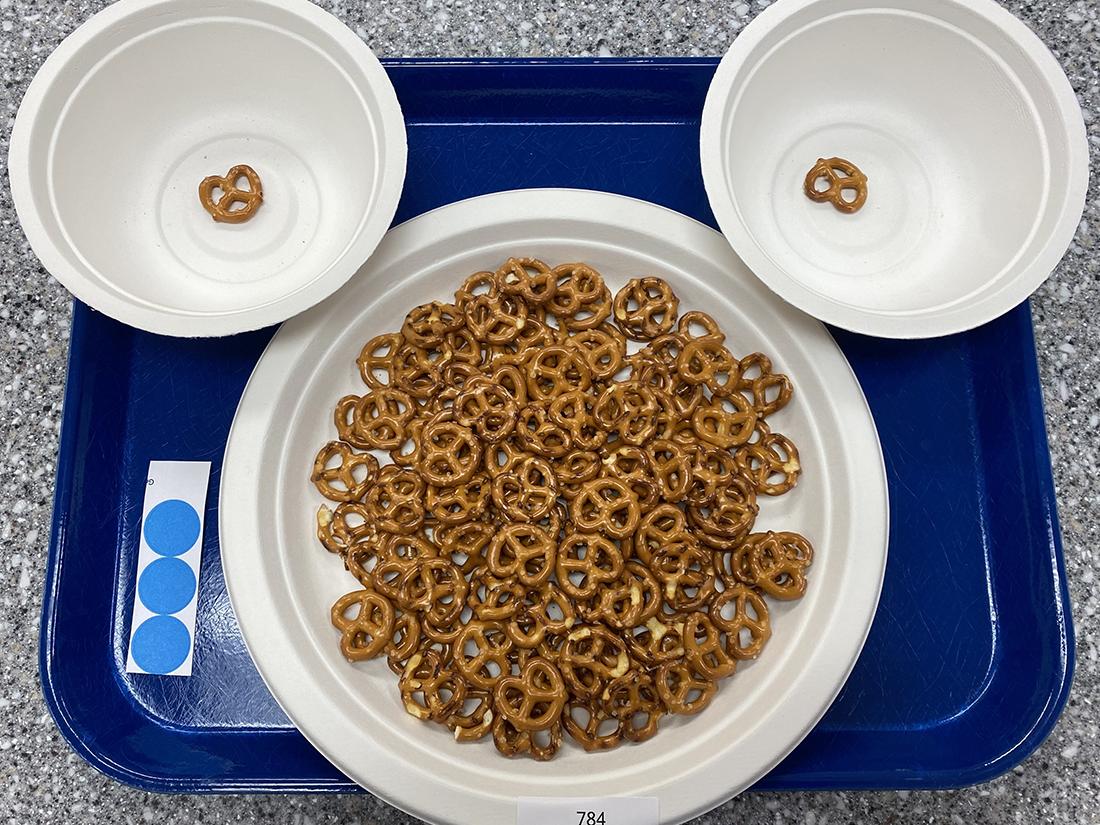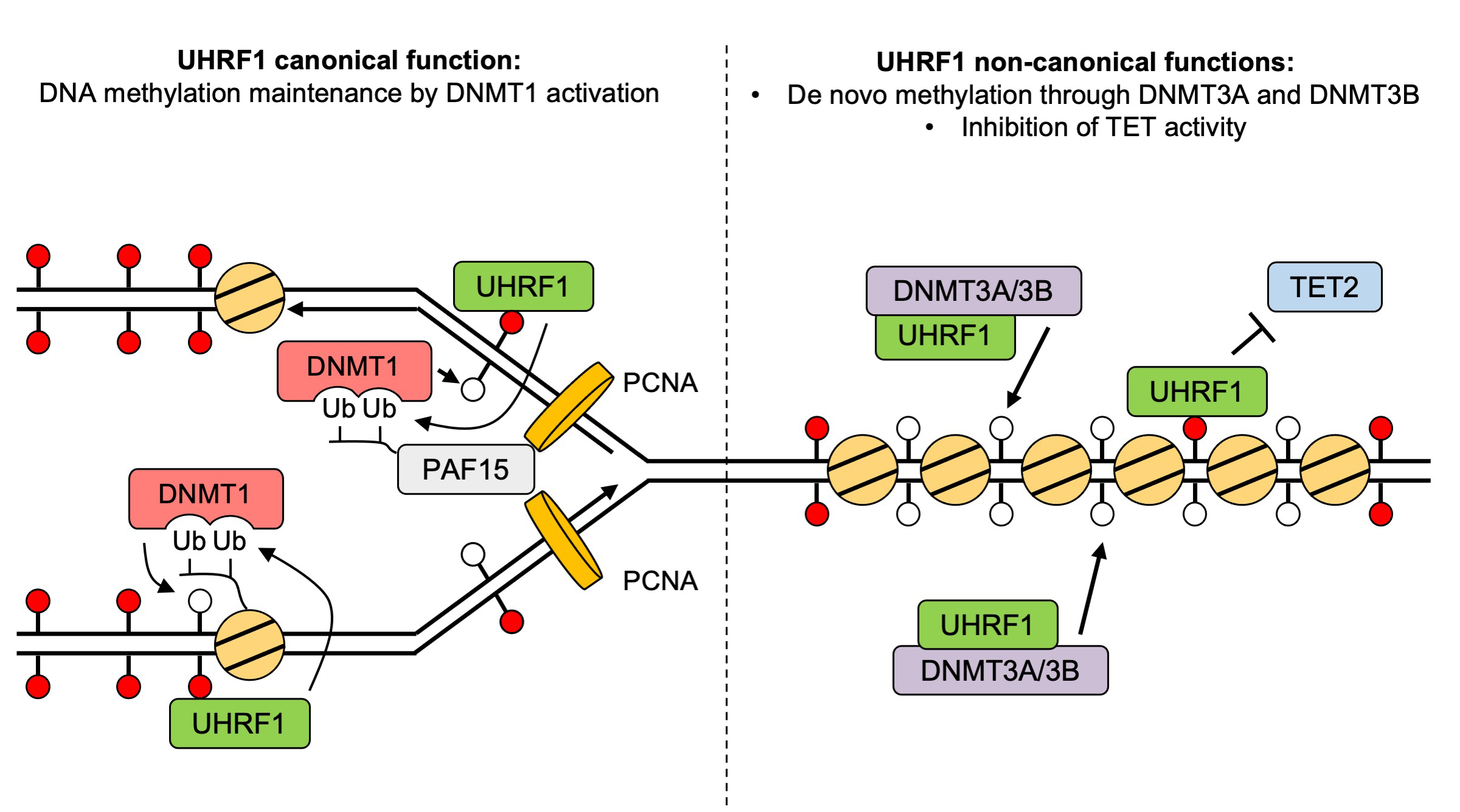2024-04-05 ペンシルベニア州立大学(PennState)
 Researchers found that pretzel size affects the consumer’s eating rate, with smaller sizes leading to a slower eating speed and smaller bites. Credit: Madeline Harper/Penn State. All Rights Reserved.
Researchers found that pretzel size affects the consumer’s eating rate, with smaller sizes leading to a slower eating speed and smaller bites. Credit: Madeline Harper/Penn State. All Rights Reserved.
<関連情報>
- https://www.psu.edu/news/research/story/size-salty-snack-influences-eating-behavior-determines-amount-consumed/
- https://www.sciencedirect.com/science/article/abs/pii/S0195666324001016
間食において、単位サイズが摂食速度を介して自食摂取量に影響する Unit size influences ad libitum intake in a snacking context via eating rate
Madeline M. Harper, Paige M. Cunningham, Ciarán G. Forde, John E. Hayes
Appetite Available online:8 March 2024
DOI:https://doi.org/10.1016/j.appet.2024.107300
Abstract
Geometric and textural properties of food, like unit size, have previously been shown to influence energy intake. While mechanism(s) driving this effect are unclear, unit size may relate to intake by affecting eating microstructure (e.g., eating rate, bite size). In a randomized crossover study, we investigated relationships between unit size, eating microstructure, and intake. Adults (n = 75, 75% women) consumed an ad libitum snack three times in our laboratory. This snack was a 70-g portion (∼2.5 servings) of one of three sizes of pretzel (small, medium, large). Intake was measured in grams by difference in weight before and after the snack. Each session was video recorded to measure eating microstructure; snack duration (min) and number of bites were annotated and used to calculate mean eating rate (g/min) and mean bite size (g/bite). Results revealed unit size influenced intake (grams and kcal; both p’s ≤ 0.001), such that participants consumed 31% and 22% more of the large pretzels (16.9 ± 2.3 g) compared to the small (12.9 ± 2.3 g) and medium sizes (13.8 ± 2.3 g), respectively. Unit size also influenced eating rate and bite size (both p’s < 0.001); the largest pretzel size yielded the fastest eating rate and largest mean bite size. Further analysis revealed that after accounting for eating microstructure, the effects of unit size on intake were no longer significant, suggesting eating microstructure was driving these effects. Together, these findings indicate that unit size influences intake by affecting eating microstructure and that food properties like unit size can be leveraged to moderate snack intake.


